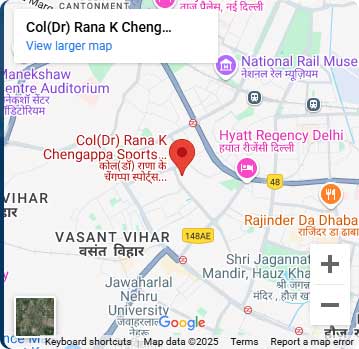De Quervain’s Tenosynovitis: Symptoms, Causes, and Physiotherapy Treatment
De Quervain’s Tenosynovitis is a painful condition that affects the tendons on the thumb side of the wrist. This condition can make even simple tasks, like using a smartphone, turning a doorknob, or lifting groceries, difficult and uncomfortable. In this blog, we’ll explore what De Quervain's Tenosynovitis is, what causes it, and how physiotherapy plays a key role in managing and treating it.
What is De Quervain’s Tenosynovitis?
De Quervain’s Tenosynovitis occurs when the tendons located on the thumb side of the wrist become inflamed. These tendons—the abductor pollicis longus and extensor pollicis brevis—control thumb movement. They run through a small tunnel (sheath) in the wrist. When the sheath becomes irritated or inflamed, it can cause pain and restrict movement of the thumb. Over time, this can lead to difficulty in performing tasks that involve gripping or turning the wrist.
Symptoms of De Quervain’s Tenosynovitis
The symptoms of De Quervain’s Tenosynovitis can vary from mild to severe and include:
Pain and Tenderness: Pain is usually felt at the base of the thumb, and it may radiate up the forearm or down the wrist. The pain is aggravated by activities that involve grasping or twisting motions, like using a screwdriver or holding a phone.
Swelling: Swelling around the wrist and thumb area can make the joint feel stiff and tender.
Difficulty with Thumb Movements: Simple tasks like gripping, pinching, or even turning a key can become painful and challenging due to the inflammation in the tendons.
Positive Finkelstein’s Test: A physical exam often reveals a positive Finkelstein’s test, where pain is induced by folding the thumb into the palm and bending the wrist toward the pinky. This test can help confirm the diagnosis.
Causes and Risk Factors
De Quervain’s Tenosynovitis is commonly caused by repetitive stress or overuse of the wrist and thumb. Some factors that increase the likelihood of developing this condition include:
Repetitive Activities: Tasks that involve constant wrist movements, such as texting, typing, knitting, or lifting heavy objects, can strain the tendons over time.
Injury or Trauma: A past wrist injury, such as a sprain or fracture, can increase the risk of developing De Quervain’s.
Pregnancy: Hormonal changes during pregnancy, especially in the third trimester, can lead to fluid retention and inflammation of the tendons.
Age and Gender: Women, particularly those between the ages of 30 and 50, are more prone to developing this condition, possibly due to hormonal and anatomical factors.
Medical Conditions: People with rheumatoid arthritis or diabetes may be at higher risk because of inflammatory processes that affect the tendons.
Physiotherapy Treatment for De Quervain’s Tenosynovitis
Physiotherapy is a key component in the treatment of De Quervain’s Tenosynovitis, as it aims to reduce pain, manage inflammation, and restore function to the wrist and thumb. Here are the main physiotherapy interventions:
1. Rest and Activity Modification
The first step in treatment is to give the tendons time to heal by avoiding activities that worsen the symptoms. A physiotherapist may suggest using a splint or brace to immobilize the wrist and reduce strain on the tendons.
2. Ice and Heat Therapy
Applying ice to the affected area can help reduce inflammation and swelling. Heat therapy may also be used to relax the muscles and increase blood flow once the initial inflammation has decreased.
3. Stretching and Strengthening Exercises
Once the pain is under control, your physiotherapist will guide you through gentle stretching exercises to increase the range of motion in the thumb and wrist. Strengthening exercises will also be introduced to help restore tendon function and prevent future injuries.
4. Manual Therapy
Manual techniques such as soft tissue massage and joint mobilization can be effective in reducing pain and improving circulation. These techniques help relax tight muscles and improve the flexibility of the tendon sheath.
5. Taping
Kinesiology taping is a popular method to support the wrist and thumb, reduce strain on the tendons, and enhance healing. Taping can help limit movement in a controlled way while allowing you to continue light activities.
Conclusion
De Quervain’s Tenosynovitis can significantly affect your daily life, but with the right physiotherapy treatment, you can manage the symptoms and regain function. If you're experiencing thumb and wrist pain, seeking professional physiotherapy advice is crucial for early intervention and recovery. Your physiotherapist can tailor.




